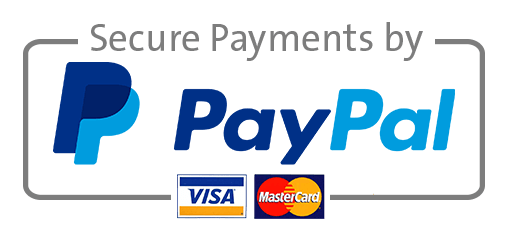Develop a PowerPoint presentation that includes the following criteria:
- Slide 1: Title Page.
- Slide 2: SBIRT overview – Describe the history of SBIRT, the SBIRT process and how it is used in clinical practice settings using US research articles.
- Slide 3: Case Presentation – Do not include patient identifying information but include demographics i.e. age, gender, race/ethnicity, chief complaint, social history, family psychiatric history, psychiatric history, and risk factors.
- Slide 4: Screening Tool used – Describe the screening tool, validity (sensitivity and specificity), scoring information, and citation. Your patient’s score and the interpretation of the patient’s score are required.
- Slide 5: Brief Intervention – How was the Motivational Interviewing process applied and shared your client’s score and need for behavioral changes. Discuss the four stages of motivational interviewing and provide details of how the techniques were used. A transcript of your encounter with the patient conducting the OARS technique is expected. Discuss the roadblocks used or those avoided to obtain full points. Discuss the patient’s stage of change before the intervention was performed
- Slide 6: Referral for Treatment – Describe the 3 referrals for follow-up treatment plan. Include the name, address, and telephone number of the local large organization (MUST BE IN MIAMI area) Be specific with the department where necessary.
- Slide 7: Evaluation of the process – Share the patient’s outcome and your evaluation of the SBIRT process.
- Slide 8: References –5 references. 7th Edition APA format. Include Screening Tool authors.Formatted and cited in current APA style 7 ed with support from at least 5 academic sources which need to be journal articles or books from 2019 up to now. NO WEBSITES allowed for reference entry. Include doi, page numbers, etc. Plagiarism must be less than 10%.
Submission Instructions:
- The PowerPoint presentation should be formatted per current APA guidelines and 10 slides in length, including the title and references slides. For presentation clarification, students need to include the presenter’s notes.
SBIRT Rubric
SBIRT Overview :
Describes the definition, history and current US evidence surround the use of the Screening, Brief Intervention and Referral to Treatment in the psychiatric mental health nurse practitioner role. Specifically addressed the disease as it relates to the following populations: an adult.
Screening Tool :
The screening tool used was discussed in detail. The tool used was highly specific and sensitive, based on current US evidence, to the population, ethnicity, age, and gender of the client. The raw score and its interpretation were discussed in detail.
Brief Intervention :
Provides a summary of the four stages of the motivational interview: Engaging, Focusing, Evoking, and Planning with detailed descriptions for each area. Includes how the OARS technique was used during the session, roadblocks and the client’s stage of change.
Referral :
Provides a detailed list of three or more referrals to local (MIAMI AREA), large organizations for allied health, psychologist, medical, and other interdisciplinary support. Includes a timeline for follow-up appointments.
Conclusion :
The presentation is concluded by tying the content back to the opening with a dynamic 25 words or less close. Transitioned into so the audience was ready for it.

